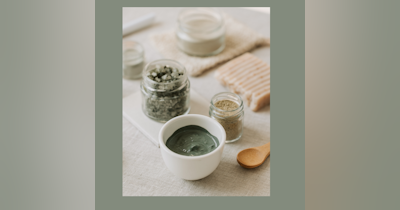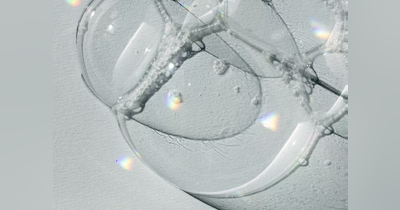Many consumers are concerned about whether or not algae is sustainable. Here are the facts:
Harvesting of seaweed is regulated by the EU and Canada. As in fishing, there are seasons when and how you can harvest seaweed. In fact, the harvest seasons in France have been regulated ever since Cardinal Richelieu enacted laws on the subject during the reign of Louis XIII.
1. All seaweed that we use is food grade. That means that the EU and Canada test the waters where the seaweed is harvested. All of the areas where it is are far away from rivers or estuaries that may be vehicles for pollutants. Far from disturbing the eco-systems, most of the seaweed in Asia is harvested using 'long line of rope' which are placed in the ocean. There, red algae such as agar agar, porphyra (Nori), palmaria, gracilaria, etc....are planted on a string and the algae grow cylindrically around the rope over a range of several miles. When it comes time to harvest, the harvesters merely pull in the rope in much the way that one would pull in a clothesline....hardly disruptive at all.
2. Some of the algae we use is farmed.....especially micro algae. We obtain extracts of omega 7 and omega 3 fatty acids from Nannochloropsis algae and astaxanthin from Haematoccus algae. Additionally we use chlorella and Spirulina which is farmed under controlled conditions.
3. World production of seaweed totals 10 million metric tons annually with China in the lead responsible for 5 million tons, Japan 800,000 tons, South Korea 600,000 tons, the US about 100,000 tons, France about 100,000 tons, etc. Now the venues where we get our seaweed is from the islands off the Brittany coast ... the Ouessant Isles and the Isle of Batz. The Isle of Batz alone contains 10 million metric tons of algae by itself, equal to the world production. The world biomass of seaweed would be measured in the trillions upon trillions of tons. As mentioned before, the harvest is regulated.
4. About 90% of the seaweed harvested is for industrial uses, ranging from textiles (all of your cotton, woolen and linen shirts and other apparel are laminated with Laminaria algae for extra resilience); wood pulp is laminated with Laminaria to create paper; photographic papers and film as well as the paint on the wall which would chip off without Laminaria. The rest of the algae harvested is for the food, pharmaceutical and cosmetic industries.
So the answer is mixed. Some algae are harvested in the wild by fishermen or 'goemoniers as they are called in France; others are reeled in along strings while much is cultivated in farms.
Here's a photo of my cousin, who's been a seaweed farmer his whole career. Nothing like keeping it in the family!
- Dan Fryda, President of Spa Technologies International








